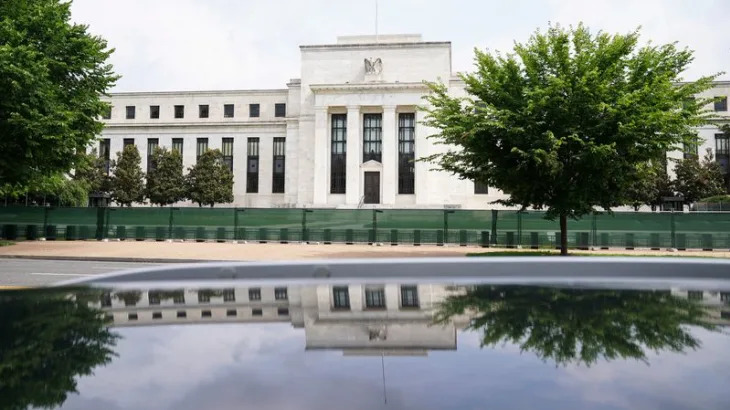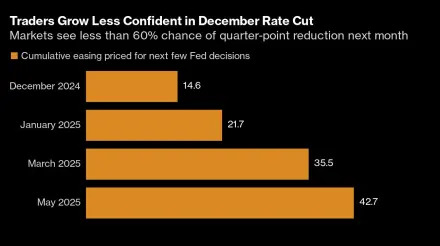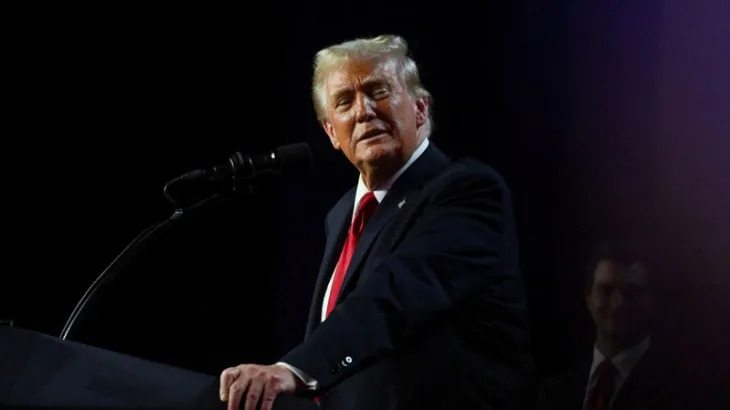
One of crypto's most transformative innovations is decentralized finance (DeFi) , a system that allows users to access financial services like lending, borrowing, and trading directly on the blockchain, without intermediaries like banks. DeFi took center stage during the last crypto bull market, driving massive adoption and growth. However, in the current bull cycle, DeFi has somewhat lagged behind.
But there are signs that this is beginning to change. As interest rates lower, traders may be more inclined to take on additional risk, and with an influx of liquidity, a DeFi renaissance could be on the horizon. If you're looking to invest in the best DeFi projects, look no further than these three standout cryptocurrencies.
1. Maker
Maker , the entity behind the MKR (CRYPTO: MKR) token, is one of the most prominent and innovative protocols in DeFi, known for creating Dai , a decentralized stablecoin. Dai is unique because it maintains its peg to the U.S. dollar through over-collateralization, meaning users deposit assets like Ethereum or other cryptocurrencies to mint DAI. This mechanism enables Dai to operate independently of traditional financial systems, providing a truly decentralized and stable currency for the DeFi ecosystem.
Maker has been a pioneer since its launch in 2017, and over the years, it has grown into one of the most battle-tested and trusted DeFi projects, boasting a total value locked (TVL) of over $5.6 billion, making it one of the largest protocols in the DeFi space.
In many ways, you could think of Maker as the central bank of DeFi. Just as traditional central banks manage fiat currencies, Maker oversees the supply and stability of Dai through its innovative collateralized debt system. However, unlike traditional central banks, Maker holders directly benefit from the protocol's profitability.
Through Maker's buyback and burn model, the surplus revenue generated by the protocol is used to buy MKR tokens from the open market and burn them, reducing the total supply. This creates a deflationary effect, potentially increasing the value of each MKR token over time. As a result MKR holders gain a stake in the success of the Maker ecosystem, offering them exposure to the protocol's growth and profitability, a feature that traditional central banks do not provide to their stakeholders or citizens.
2. Aave
If Maker is the central bank of crypto, then Aave (CRYPTO: AAVE) would be the most popular commercial bank in DeFi. Much like a traditional bank allows users to deposit money and take out loans, Aave enables users to deposit crypto assets to earn interest or borrow against their holdings. Since its launch, Aave has become a cornerstone of DeFi, with over $12.5 billion in total value locked (TVL) and nearly $20 billion in user deposits across its lending markets. Its success is driven by its ability to offer secure, permission-less lending, enabling users to interact with a global liquidity pool without relying on traditional financial intermediaries.
Aave's broad availability across more than a dozen blockchains solidifies its position as the go-to platform for decentralized lending and borrowing. It has extended its reach to networks like Ethereum, Avalanche , and Polygon , providing essential functionality to the broader DeFi ecosystem. As a critical infrastructure layer for the developing decentralized economy, Aave's lending markets are vital for liquidity and capital efficiency.
Investing in Aave is akin to owning shares of one of the most popular and essential banks in the crypto world, offering exposure to the protocol's future growth as DeFi continues to expand. Not to mention, a looming proposal to implement a buyback program could bolster Aave's price well into the future.
3. Aerodrome
While Maker and Aave focus on lending, there's another crucial pillar in DeFi: decentralized exchanges (DEXes) , and that's where Aerodrome Finance (CRYPTO: AERO) comes into play.
Aerodrome is a DEX built on Coinbase Global 's (NASDAQ: COIN) proprietary blockchain, Base, which has rapidly become one of the most popular chains in the DeFi space. As Base has risen in prominence, Aerodrome has benefited significantly from increased usage, now standing as the most valuable protocol on Base. It has become the primary hub for traders looking to exchange tokens on this rapidly growing blockchain, providing liquidity and enabling seamless token swaps.
What makes Aerodrome particularly appealing to investors is its innovative, flywheel-like business model. By adopting and improving upon features from other successful DEXes, Aerodrome shares all revenue with token holders.
Users can lock their AERO tokens to receive veAERO, granting them access to a larger share of the platform's transaction fees. This creates a self-reinforcing cycle: As liquidity providers earn more rewards, it attracts more liquidity, which in turn generates higher fees and greater rewards for AERO holders. Although it's just over a year old, with Base's growth accelerating, Aerodrome is well positioned to continue its upward trajectory, making it a serious contender in the DeFi landscape.
Before you buy stock in Maker, consider this:





